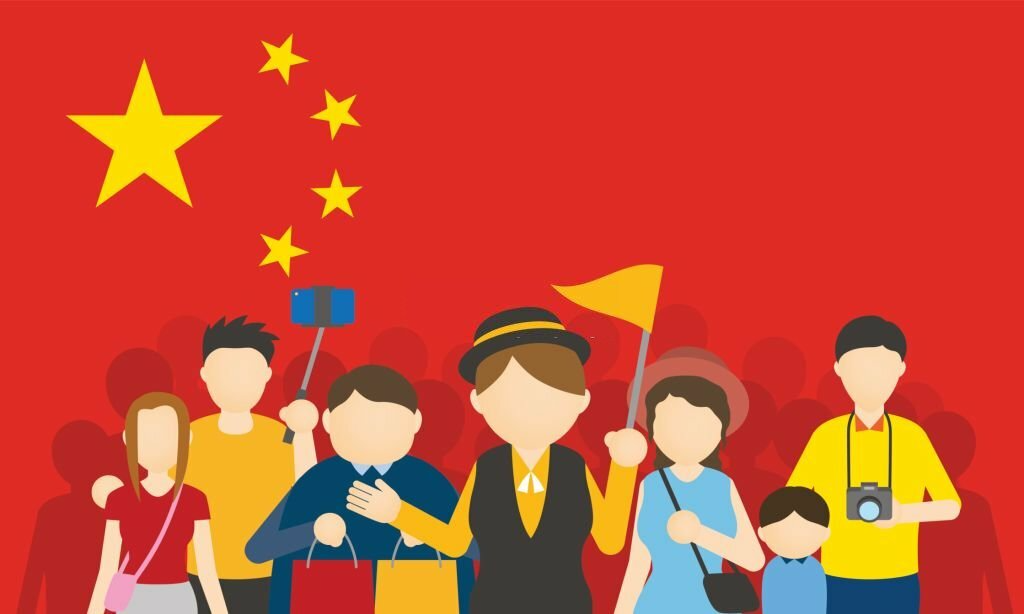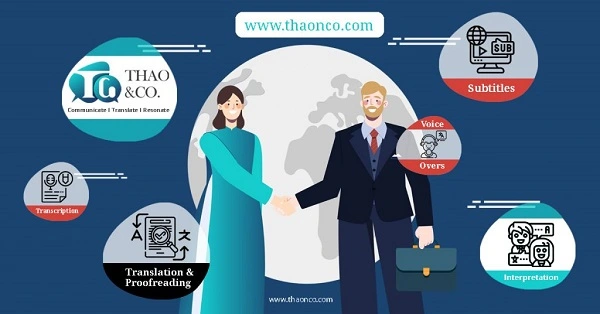Like two sides of a coin, culture and language are deeply connected to each other. Therefore, localization is key to seamless Chinese translation.
Why is localization in Chinese translation so crucial? Read on to find out.
Chinese continues to strengthen its position as one of the most widely spoken languages worldwide.
The demand for Chinese translation has accordingly become indispensable in various fields.
China’s entertainment industry holds significant influence. Movies, music and video games have all taken the world by storm while being effective tools for promoting Chinese culture.
Cultural values have always been a rich resource for Chinese filmmakers. Chinese cinema has left global audiences in awe with its unique cultural elements.
This is the development path of Chinese culture that reaches international status today. They are “using the past to serve the present,” eliminating what is no longer relevant, and preserving the essentials.
The “Tell China’s Story” campaign is carried out in various fields, including entertainment. Therefore, translating marketing materials is vital for reaching global audience.
China has made remarkable strides in this field. The “Made in China 2025” policy has transformed the multi-billion dollar industry. China boasts the most advanced manufacturing facilities in the world.
As the “workshop of the world,” China holds a competitive edge on the global stage. Manufacturing companies in China have lead in the export market share.
Most manufacturing companies in Asia are concentrated in China, reinforcing its position as the economic hub of the region.
Therefore, translating technical documents is essential to introduce “Made in China” products to the world.

China is a key player in the global race for future dominance, particularly in technologies, defense, and artificial intelligence.”
Prominent electronic companies include:
These brands rapidly gained the largest market share with:
Technology transfer involves translating specialized technical documents. Therefore, the field of technology has a high demand for Chinese translation.
China is a top destination for foreign tourists, home to famous landmarks such as:
International tourist arrivals in China peaked at an impressive 145.3 million in 2019. This is thanks to the focus on creatively promoting the image of the country.
Recently, cultural and tourism authorities in various provinces have launched short videos to promote their unique tourism resources. These videos have gone viral on social media, with hundreds of millions of views.
For example, in 2022, the Sichuan Provincial Department of Culture has:
Tourism promotion is constantly evolving to meet market trends. As a result, Chinese translation in tourism requires translators to have a deep understanding of Chinese culture. They also need creativity and innovation to align with market preferences.

The rate of a Chinese translation project varies depending on several factors:
For an accurate price estimate, it’s best to discuss project details with the translation agency to ensure quality and avoid hidden fees.
Thao & Co. always conducts an in-depth project assessment to provide a detailed quote. Hence, you can rest assured of the quality and pricing of translation services at Thao & Co.

Chinese translation plays a key role in market expansion strategies, making the choice of a professional translation agency a top priority.
A high-quality Chinese translation agency should meet these criteria:
At Thao & Co., we ensure high-quality translations performed by experienced native linguists. We also leverage a systematic approach and cutting-edge translation technology.
Our services also include:
For top-tier translation services, visit our Get a Quote page or explore more at Thaonco.!